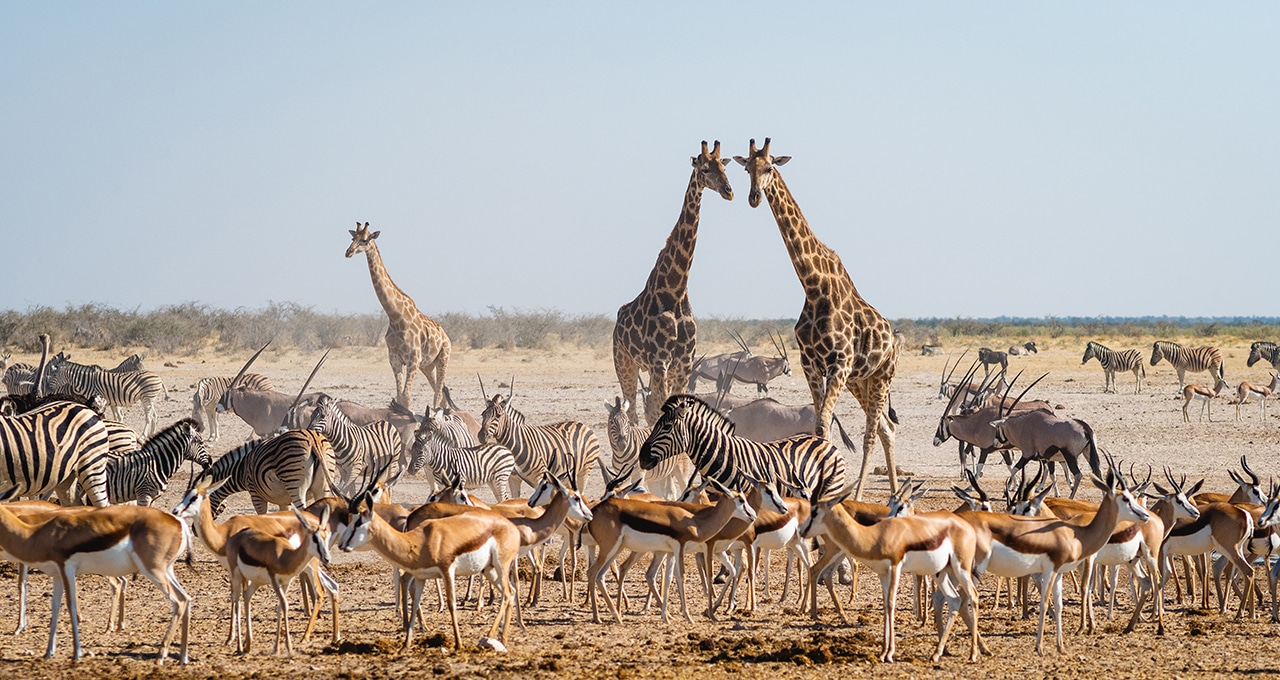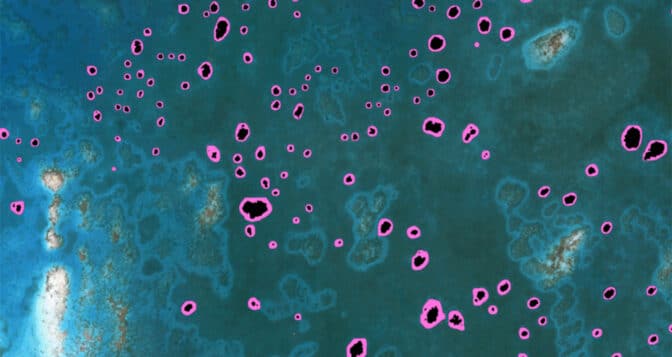Whether abundant, endangered or extinct, animal species are the focus of countless AI-powered conservation projects.
These initiatives — accelerated using NVIDIA GPUs, deep learning software and robotics technology — are alerting conservationists to poaching threats, powering more sustainable aquaculture and helping scientists monitor coral reef health.
Take a safari through the NVIDIA Blog’s top animal stories of 2023 below.
As a bonus, discover how animals — whether beautiful butterflies, flashy fish or massive mammoths — are inspiring a herd of digital artists.
Protecting Pangolins From Poachers
Conservation AI, a U.K.-based nonprofit, is preserving biodiversity with an edge AI platform that analyzes camera footage in real time to identify species of interest, rapidly alerting conservationists to threats such as wildfires or poachers.
Founded by researchers at Liverpool John Moores University, the nonprofit now has dozens of cameras deployed across the globe running an AI platform built using NVIDIA Jetson modules, the NVIDIA DeepStream software development kit and NVIDIA Triton Inference Server.
The AI software is being deployed in Uganda and South Africa to keep an eye on pangolins and rhinos at risk of being hunted by poachers.
Video courtesy of Chester Zoo, a U.K.-based conservation society.
Bringing Colossal Insights to a Woolly Problem
Colossal Biosciences is tackling endangered species conservation and de-extinction using computational biology.
Using gene editing technology, AI models and the NVIDIA Parabricks software suite for genomic analysis, scientists at Colossal are working to bring back the woolly mammoth, the dodo bird and the Tasmanian tiger — and protect dwindling species such as the African forest elephant.
After combining incomplete DNA sequences from extinct species’ bone samples with genomic data from closely related creatures, the team uses Parabricks for sequence alignment and variant calling — enabling them to complete analysis 12x faster.
Enabling Efficient Fish Farming
GoSmart, a member of the NVIDIA Inception program for cutting-edge startups and the NVIDIA Metropolis vision AI partner ecosystem, is deploying AI for more efficient and sustainable fish farming.
The company’s compact edge AI system, powered by the NVIDIA Jetson platform, analyzes a pond or tank’s temperature and oxygen levels, as well as the average weight and population distribution of fish — information farmers can use for decisions around fish feeding and harvesting.
The team is also adding AI models that analyze fish behavior and indicators of disease and plans to integrate its solution with autonomous feeding systems.
AI Can See Your (Coral Reef) Halo
Researchers at the University of Hawaii at Mānoa are analyzing satellite imagery using NVIDIA GPU-powered AI to track halos — the rings of sand that surround coral reefs — as a way to assess ecosystem health.
The presence of halos indicates that a coral reef has a healthy population of marine life, including fish and invertebrates. A change in their shape suggests a degrading environment that needs attention from conservationists.
The researchers’ AI tool, which runs on an NVIDIA RTX A6000 GPU, can analyze hundreds of coral reef halos in around two minutes, a task that would take 10 hours for a human to complete.
Reef-Roving Robot Tracks Undersea Life
An autonomous underwater robot powered by the NVIDIA Jetson Orin NX module is roaming reef ecosystems to help scientists understand human impact on reefs and surrounding sea creatures.
Developed by researchers at MIT and the Woods Hole Oceanographic Institution’s Autonomous Robotics and Perception Laboratory, the CUREE robot collects environmental data that informs 3D models of reefs.
The team developed an AI model called DeepSeeColor that cleans up blurry underwater footage to enable more accurate fish detection by another neural network. They’re also working on detection models to identify audio samples from different creatures.
Fantastic Fauna: Animals Inspire AI-Powered Digital Art
Greek philosopher Plato said that art imitates life — and digital art is no exception, as exemplified by artists who this year used NVIDIA technology to develop stunning animal-inspired visuals.
Honoring marine life, BBC Studios’ Alessandro Mastronardi created a series of incredibly realistic shark videos and renders in Blender and NVIDIA Omniverse, a platform for connecting and building custom 3D tools and applications with Universal Scene Description (OpenUSD).
Taiwanese artist Steven Tung took a more whimsical approach in The Given Fish, an animation depicting stone fish created using Adobe Photoshop, Adobe Substance 3D Painter and Blender — all accelerated by an NVIDIA GeForce RTX 4090 GPU-powered system.
London-based Dominic Harris used GPU-accelerated AI to render a real-time collage of 13,000 imagined butterflies, which exhibit-goers could make flutter or change color. And Keerthan Sathya, based in Bangalore, used the NVIDIA Omniverse platform to render a mammoth-themed animation.


